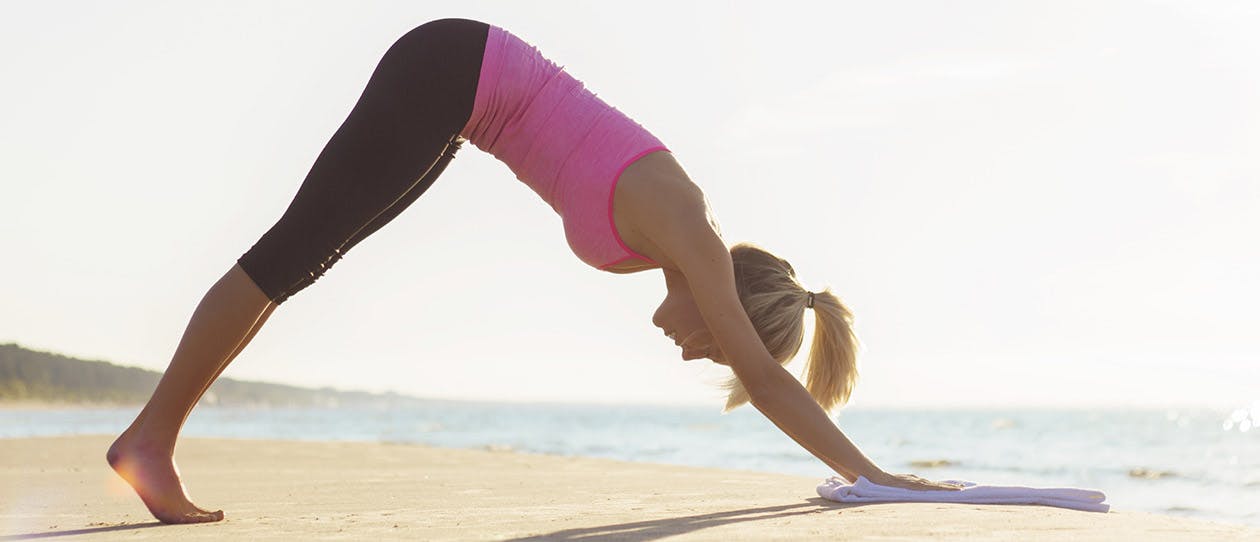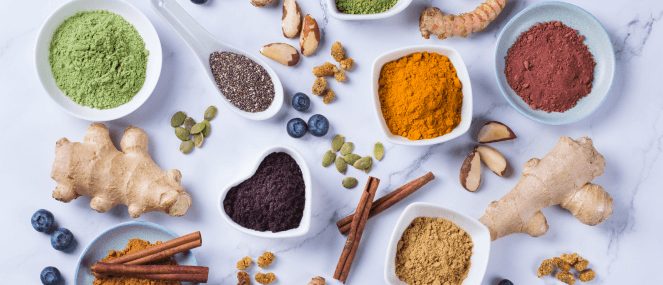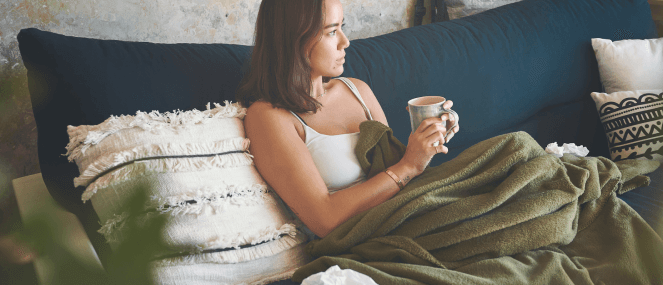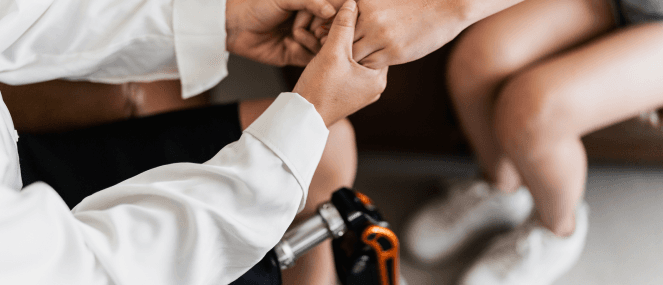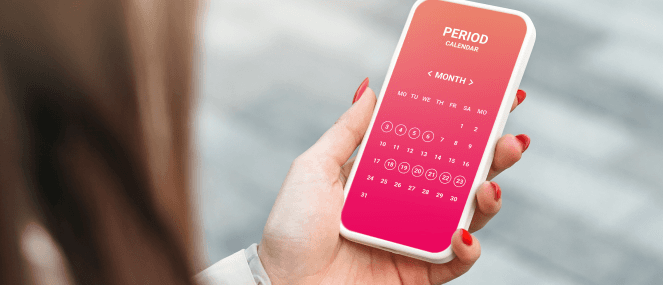Why stretch in the morning?
When you lay curled up sleeping, resting idle for several hours, your muscles can become stiff and tight. If you see a cat or dog wake up from a sleep, you'll notice that the first thing they do is stretch. It's Mother Nature's way of ironing out the kinks.
Early morning stretches can help to loosen and re-align your muscles, and are a gentle way to increase blood flow throughout your body. What's more, your body is usually warm first thing after getting out from under a sheet, blanket or doona, which allows for greater and more effective stretching. It's also a peaceful and calming way to help your body and mind transcend from a rested state to woken state.
How does stretching boost your confidence?
Stretching is a good way to cope with the physical and emotional stresses that are a normal part of life. Doing something positive for your health and wellness first thing in the morning can be a real boost to your sense of self worth. Research has shown that exercise can bring about a significant increase in physical self-concept or self-esteem, and these effects occur in both genders across all age groups.
How long should you hold a stretch?
There is much debate amongst fitness professionals about how long you should hold a stretch. Fortunately, a recent study has helped to clear up any confusion. Researchers discovered that a 15 second stretch is just as effective as a 30, 60, 90, or 120 second stretch at increasing flexibility. For optimal results, incorporate three phases into your stretching to loosen muscles and reduce tension.
-
Phase 1. Ease In – Gradually move into a light stretch and hold until the feeling of tension begins to diminish (usually after 5–10 seconds).
-
Phase 2. The Development – Now, your stretch receptors have begun to disengage, and you can move a fraction further into the stretch until you feel mild tension again. Hold for another 5 to 10 seconds.
-
Phase 3. Repeat – It is also beneficial to repeat phases 1 and 2 (perform a second set of the same stretch) after a short rest.
What muscles should you stretch each morning?
- Focus on stretching the major muscle groups in your legs, gluteals, lower back and upper back. The following five stretches are a good starting point to target these muscles.
- Front of your thighs - Stand on one leg, and pull the heel of your other leg towards your bottom until you feel slight tension in the muscles in the front of your thigh. Repeat on the opposite leg.
- Back of your thighs - Place one leg straight out in front of you on top of a stable object, and reach for or over your toes. Repeat on your other leg.
- Buttocks - Lie on your back bringing one bent knee towards your chest, and repeat on the opposite leg.
- Upper back - While standing slowly raise both hands above your head and reach as high as you can.
- Lower back - Lying on your back, slowly cross one bent knee over your other straightened leg until you feel a stretch in your trunk. Keep both shoulders squarely on the ground. Repeat on the other side.
Tips for safe and effective morning stretches
- Hold each stretch for approximately 15 seconds
- While you may feel warm, your heart rate is not elevated first thing in the morning, so stretch lightly. Don't stretch to the point of pain
- Avoiding sudden, jerky, bouncing movements
- Do a little bit of stretching regularly (every morning) rather than a big stretch infrequently for the best results
- Work at your own pace, and don't compare your stretching with others
- Relax and breath freely during each stretch. This helps to maximise the calming effect of flexibility training
References available on request


